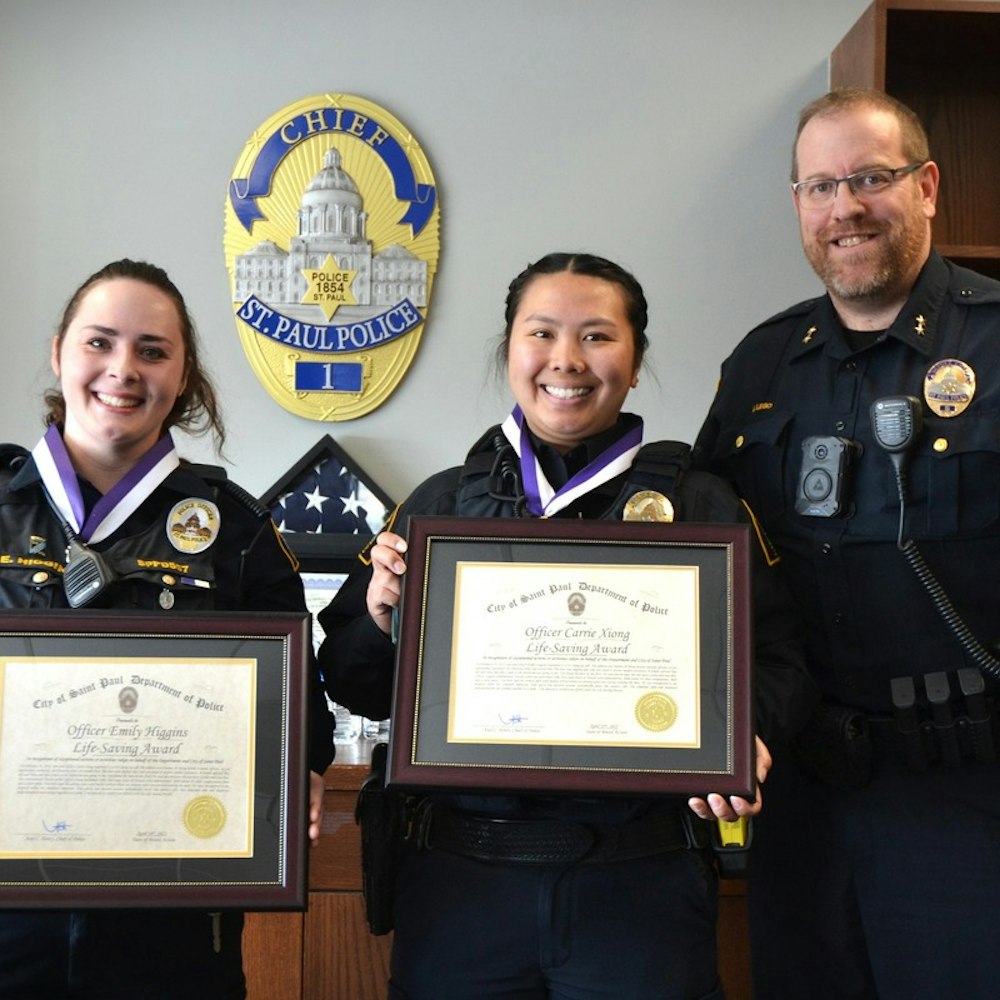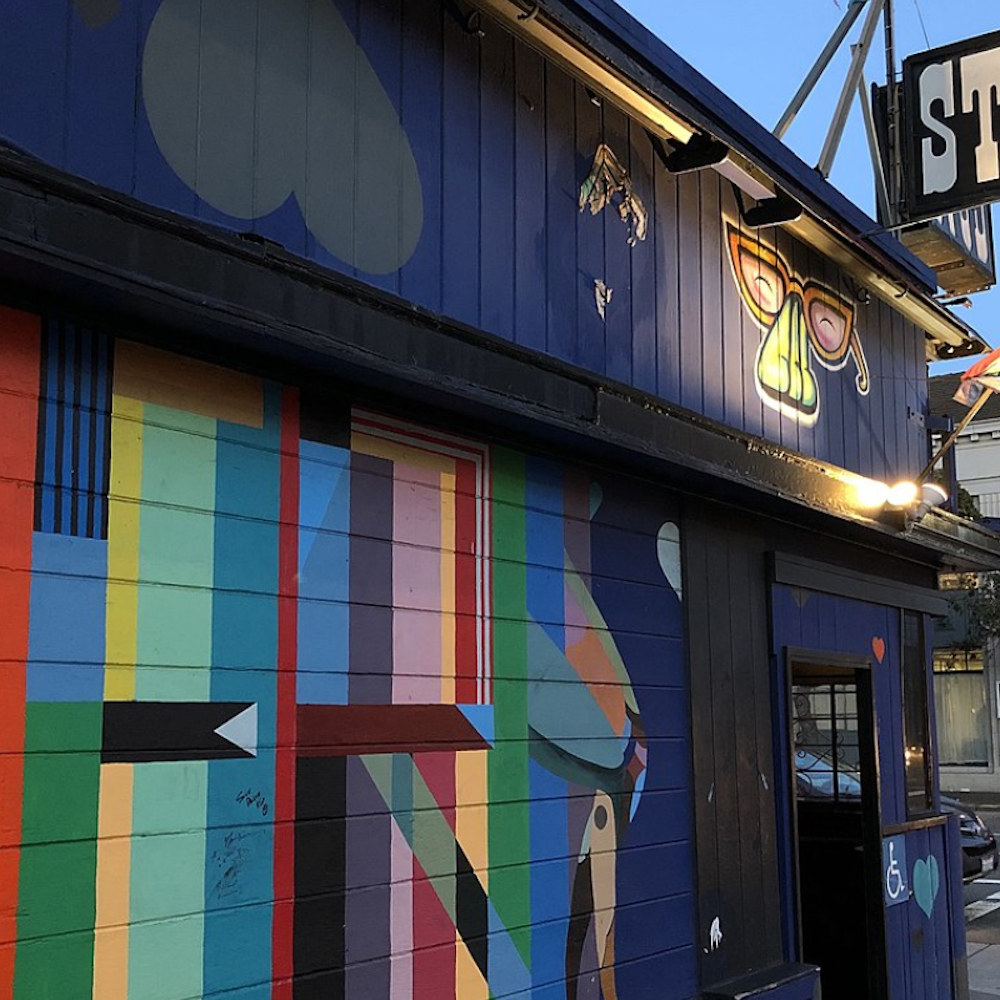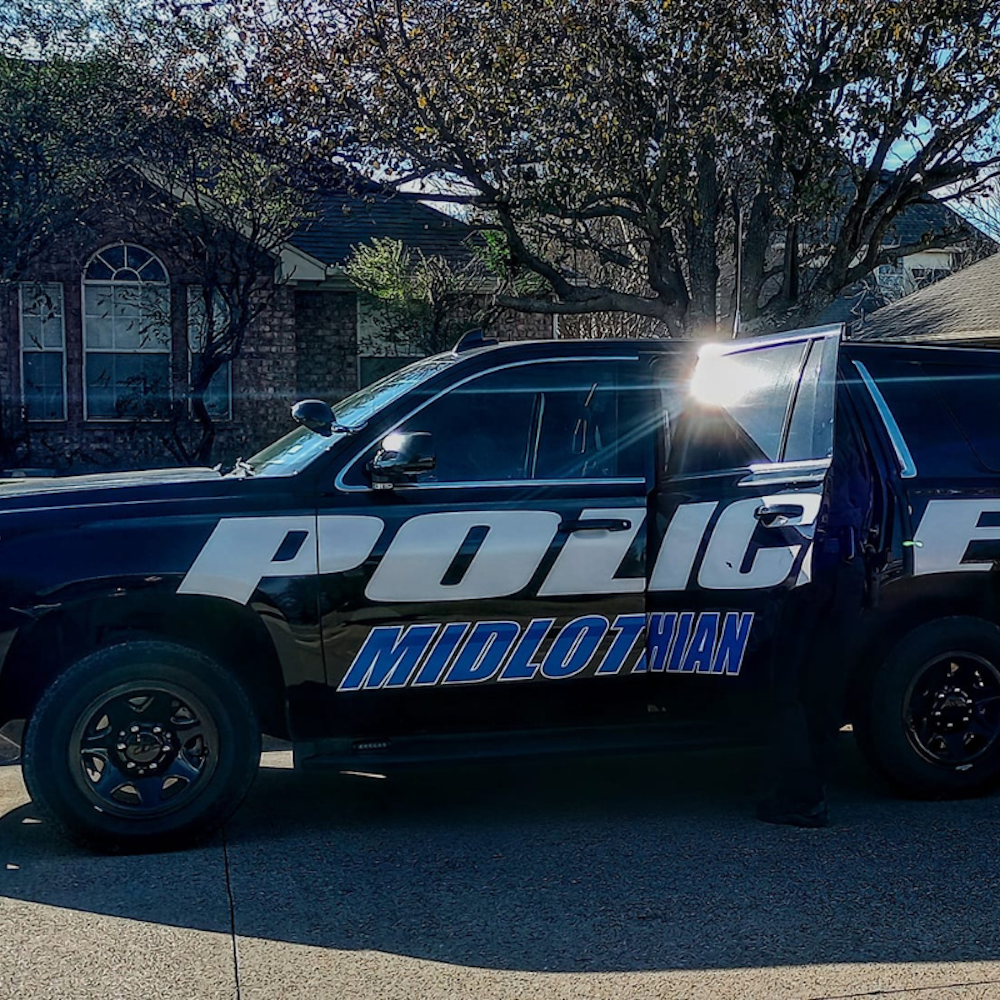
The following story comes from reporter Rafael Roy, a student at UC Berkeley's School of Journalism.
During the 55-mile trek known as the Bataan Death March, the bullet was the quickest way to die. But a slower death––often brought on by disease or malnutrition––claimed the majority of the nearly 10,000 Filipino troops and 750 Americans who died on their way to prison camps after surrendering the Philippines to Japanese forces on April 9th, 1942.
A total of 68,000 Filipino troops and 7,000 American troops accounted for the largest single surrender ever by an American force. More than 1 million Filipinos died over the course of World War II.
The United States didn't release news of the events of the Bataan Death March until nearly 22 months later. Those who perished making the grueling trek from Mariveles, on the southern end of the Bataan peninsula, to San Fernando, the capital city of Bataan, continue to dwell in obscurity nearly 75 years later.
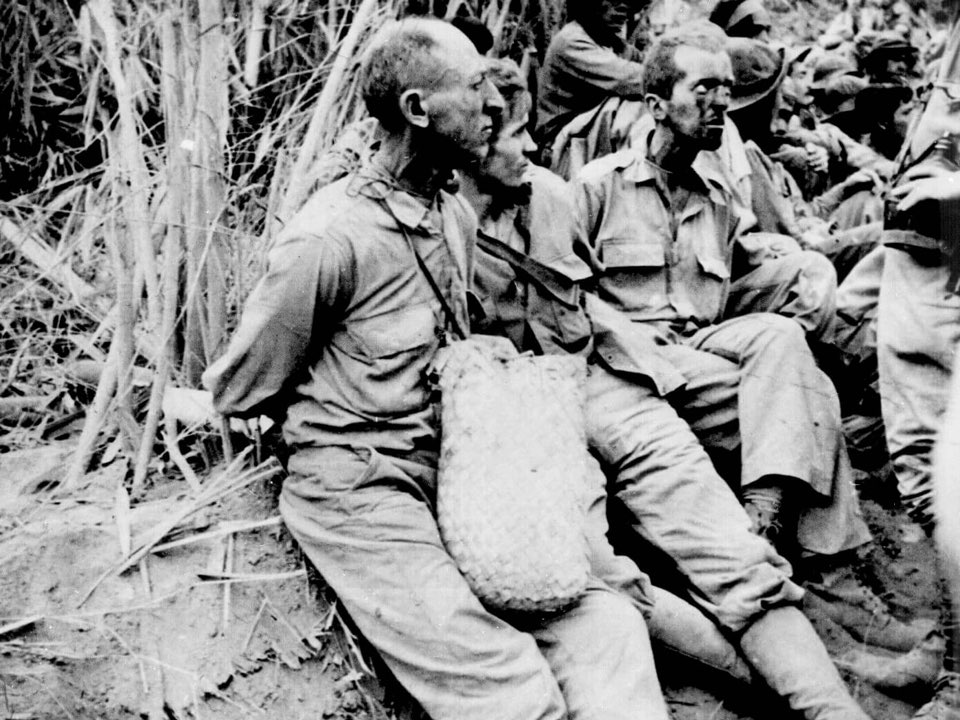
Until now, this history has been omitted from public school textbooks in California and the Philippines, but a working group of Filipino educators are trying to remedy that omission. As the state's 3.5 million Filipino-Americans celebrate Filipino History Month in October, educators hope to raise awareness about their history, in the hopes that it will be included in textbooks by 2019.
More than 43,000 Filipinos live in SoMa, the Excelsior and other parts of the city. A presentation on the march last Thursday evening at the Asian Art Museum was one of many that will be held this month.
“If you couldn’t keep up with the march, you were shot, or bayonetted,” Cecilia Gaerlan, of the Bataan Legacy Historical Society, said during the event. “Most of the veterans that I’ve spoken to don’t want to talk to their families about this history, and no wonder. They left it all behind in order to move on.”
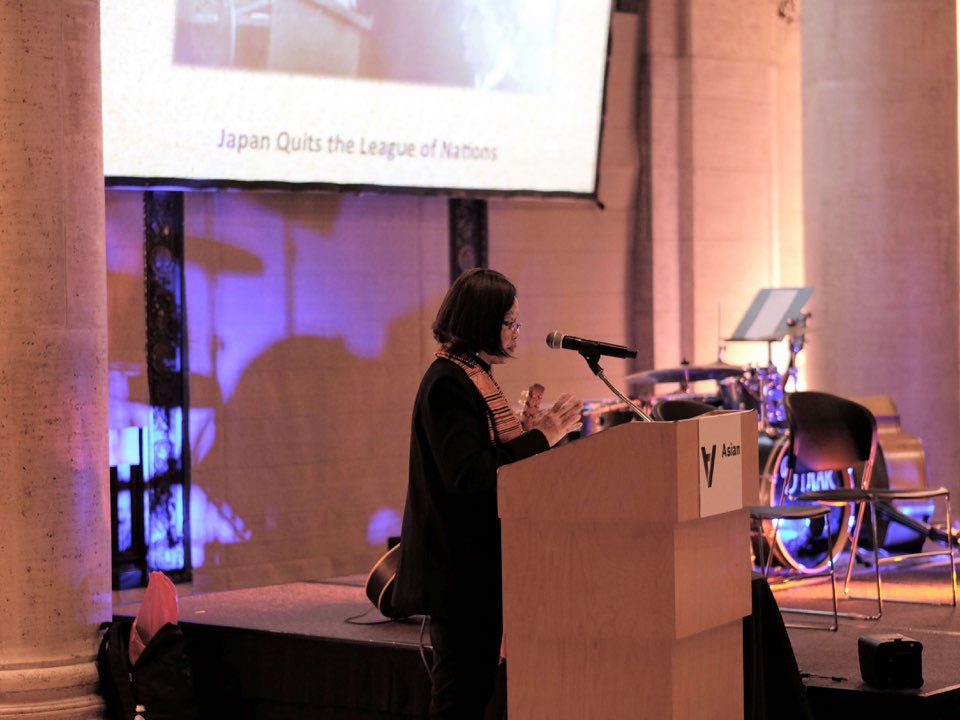
Gaerlan is among a group of Filipino educators who have been working to add Filipino perspectives to the public education curriculum. Gaerlan, whose father survived the Bataan Death March, has been fighting for years to make sure this history is told. “It was so painful, so traumatic,” she said, all the more so because it was written out of history.
This year is particularly important for the effort to include the curriculum, as it marks the end of the 10-year cycle for California’s curriculum review. After the cycle closes, no other changes can be made to the curriculum for another decade.
The framework for the Filipino curriculum unanimously passed the 10-step approval process. Now the working group is creating a test curriculum. But the biggest hurdle will be implementing the unfunded measure.
“The curriculum is encouraged, but not required. It’s not an automatic,” said Gaerlan. “It won't be included unless we fight for it.”
Dr. James Sobredo, a professor of Ethnic Studies at Sacramento State who's also working on the project, said he's optimistic, despite the hurdles.
“The law was unfunded, so we are left in a position where we have to do the work of developing classroom curriculum and material, otherwise teachers will just nod their heads and ignore the law,” said Dr. Sobredo. “Nevertheless, the fact that we got the law changed means that future classroom textbooks must include the role of Filipinos in World War II.”
Gaerlan said that most of the history currently taught is from the American perspective.
“For example, I didn’t know that the majority of the American Forces in the Far East were Filipino,” said Gaerlan, who added that nearly 7/8ths of the troops fighting in Southeast Asia were Filipino. "And yet, they were not credited for what they did.”
The Philippines was a U.S. commonwealth between 1935 and 1946. After President Roosevelt's 1941 call to arms, nearly a quarter-million Filipinos joined the U.S. Army forces in the Far East. The United States promised Filipino veterans would receive full benefits and citizenship if they volunteered to fight.
Five months after the war was won, President Truman issued the Rescission Act of 1946, which retroactively voided payments, benefits and citizenship to Filipino servicemen.
Most of these veterans did not receive compensation until 2009––after 70 years of lobbying. Their children, who've previously been unable to join their elderly parents stateside, only received green cards in June of this year.
For the nearly 4,000 remaining Filipino World War II veterans, the restitution and recognition in history is too little, too late.
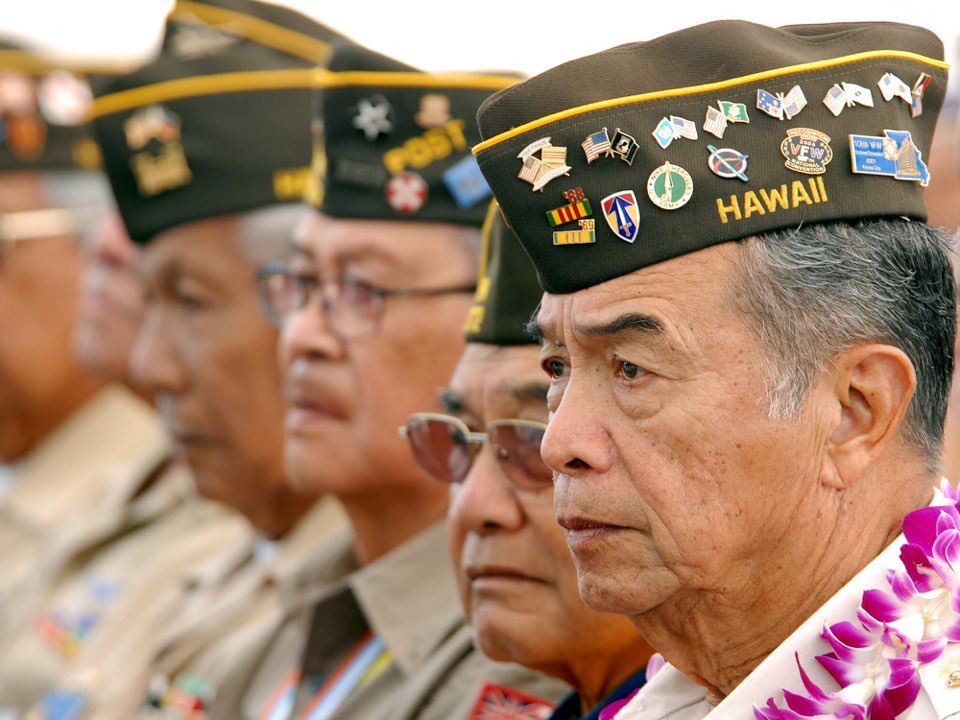
Stephanie Gervacio, who attended the Asian Art Museum event, was once on track to become a teacher. She thought she would study education for her undergraduate degree, but quickly shied away from the profession once she saw how selective the curriculum could be.
“I wanted to teach, but based on seeing the history that’s fed to us, it pushed me away,” said Gervacio, now an administrative receptionist for a private wealth management firm. “Take Columbus Day, for example. Why do we get a day off to celebrate his legacy? You know what I mean?”
A full listing of upcoming Bay Area events covering this topic can be found on the Baatan Legacy website.



